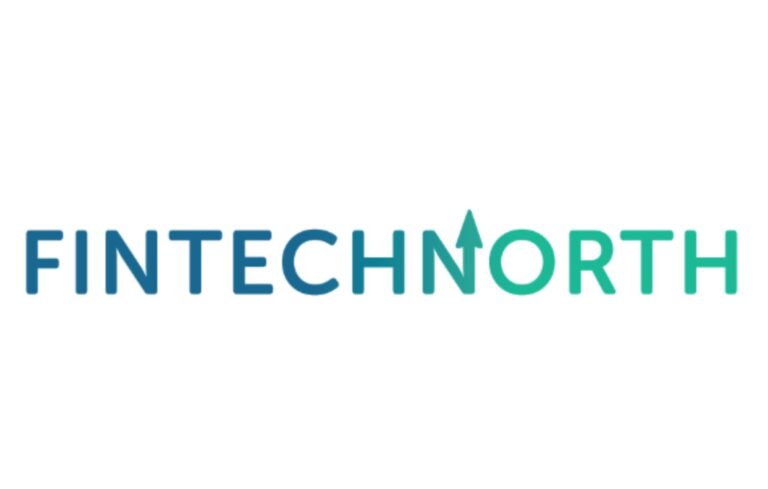Harnessing DevSecAI: Intelligent Security for AI-Driven Software Delivery

Artificial Intelligence is no longer an R&D side-project; it now sits in production pipelines, powers customer-facing features and even writes code. Yet AI also widens the attack surface and is arriving just as Europe tightens regulation through the EU AI Act. This collision of pace and risk demands a new discipline, DevSecAI, DevSecOps augmented by machine-learning security and AI-powered automation.
From DevSecOps to DevSecAI
DevSecOps already “shifts security left” across development and operations. DevSecAI keeps the same mantra but recognises that:
- AI assets are code and data, and models. They must be version-controlled, scanned and monitored just like microservices.
- Threats are novel. Prompt injection, training-data poisoning and model extraction do not exist in classic OWASP Top 10.
- AI helps the defenders. Modern SAST/DAST, anomaly detection and compliance tooling lean on ML to triage risk faster than humans. (devops.com)
Why bother?
- 85 % of ML models never make it to production because Dev and MLOps remain siloed – wasting data-science spend and leaving shadow-systems unmonitored. (techradar.com)
- AI attacks are already public. Open-source LLMs have been “model-ripped” and fine-tuned on stolen IP; vision models fooled with a few pixels; financial bots manipulated via adversarial prompts.
- Regulation is landing. The EU AI Act bans “unacceptable-risk” systems and enforces rigorous risk-management, logging and incident reporting for high-risk use-cases from August 2026. (devsecai.io)
- AI speeds up remediation. ML-powered scanners reduce false positives and suggest code fixes, cutting mean-time-to-repair and Dev friction. (forbes.com)
- Investor trust depends on transparency. Boards now request proof that your Gen-AI features will not leak data, hallucinate, or break GDPR.
The Pillars of DevSecAI
| Pillar | What it Means in Practice | Typical AI Enhancements |
| Secure data pipeline | Provenance tracking, integrity checks, bias audits | Auto-classification of sensitive fields; ML-driven bias scoring (purelogics.com) |
| Secure model | Adversarial robustness testing, model-card documentation, IP-protection throttles | Fuzzing with AI-generated adversarial inputs; LLM Checker for EU AI Act readiness (reuters.com) |
| Secure supply-chain | SBOM for models, signed artefacts, dependency risk scoring | Graph-based AI to flag transitive ML library risks |
| Secure deployment | Policy-as-code for serving infra, runtime anomaly detection | Behavioural baselines that auto-quarantine suspicious requests (appsecengineer.com) |
| Secure operations | Immutable logging, human-in-the-loop kill-switches, and continuous red-teaming | AI correlates logs and prioritises alerts; generates compliance reports on demand |
Frameworks, Standards & Playbooks
- DSAIF (DevSecAI Framework): five-step cycle: Discover → Survey → Automate → Improve → Forecast. Provides a lexicon for AI-specific threat modelling and continuous improvement. (devsecai.io)
- EU AI Act: risk categories, data-governance (Art 10), incident reporting (Art 26), technical documentation (Annex IV). Map each article to CI/CD gates. (bsigroup.com)
- NIST AI Risk-Management Framework: identify ↔ map ↔ measure ↔ manage; pairs neatly with ISO 27001 Annex A controls.
Cyber Alchemy’s Implementation Roadmap (90-Day Starter Plan)
- Weeks 1-2 – Visibility
- Inventory models, datasets and AI services.
- Generate an SBOM; baseline access controls.
- Weeks 3-6 – Automation
- Plug AI-enhanced SAST/DAST into your push-request workflow.
- Add policy-as-code checks for EU AI Act high-risk triggers.
- Weeks 7-12 – Validation
- Run adversarial tests (prompt injection, data-poisoning sim).
- Conduct a purple-team exercise to stress-test detection logic.
- Close the loop with post-mortem model retraining and updated threat models.
Common Pitfalls & How to Dodge Them
- Model bias audits that stop at training data. Bias can creep in during fine-tuning; schedule re-evaluation after every incremental learning run.
- Security gates that break developer flow. Use ML-driven prioritisation to surface only exploitable findings; pipe the rest into the backlog.
- Blind spots in third-party AI APIs. Demand pentest reports and SBOMs from suppliers; throttle outbound PII.
- Over-reliance on AI decisions. Keep humans on-call for context, especially where safety or legal liability is at stake.
How Cyber Alchemy Accelerates Your DevSecAI Journey
- Tailored DevSecOps & AI-Security Training: hands-on labs for LLM threat-modelling and policy-as-code, mapped to your stack. (cyberalchemy.co.uk)
- Cloud & Model Penetration Testing: CREST-certified testers simulate data-poisoning, model inversion and prompt tampering across AWS, Azure and GCP.
- Continuous Purple-Team Validation: exercise your AI detection and response playbooks against real attack chains.
- Regulatory Readiness: gap analysis against EU AI Act, DORA and NIS2, with automated evidence collection for audits.
The Road Ahead
AI will soon write most boilerplate code, triage alerts, and even approve pull requests. That efficiency is worthless if the underlying models can be tricked or the audit trail fails an EU regulator’s scrutiny. DevSecAI turns AI into a security multiplier rather than a liability, and firms that master it will release faster, comply sooner and sleep easier.
At Cyber Alchemy, we believe DevSecAI is a major step forward in enabling secure, scalable, and efficient development, but it’s not without trade-offs. While DevSecAI unlocks incredible efficiency, automating repetitive tasks and surfacing issues early, it also risks creating a generation of developers who rely too heavily on AI-generated solutions. For junior engineers, there’s a danger of skipping foundational learning and missing the “why” behind secure coding practices. We help bridge this gap through practical, developer-focused training. Our programmes combine real-world scenarios, AI-assisted tooling, and secure coding principles, giving teams the confidence to use DevSecAI effectively, without losing the core understanding of secure software engineering.
Cyber Alchemy is ready to guide you through every step, from initial discovery workshops to full-scale adversarial testing. Ready to embed intelligent, regulation-proof security into your AI ambitions? Let’s talk.





